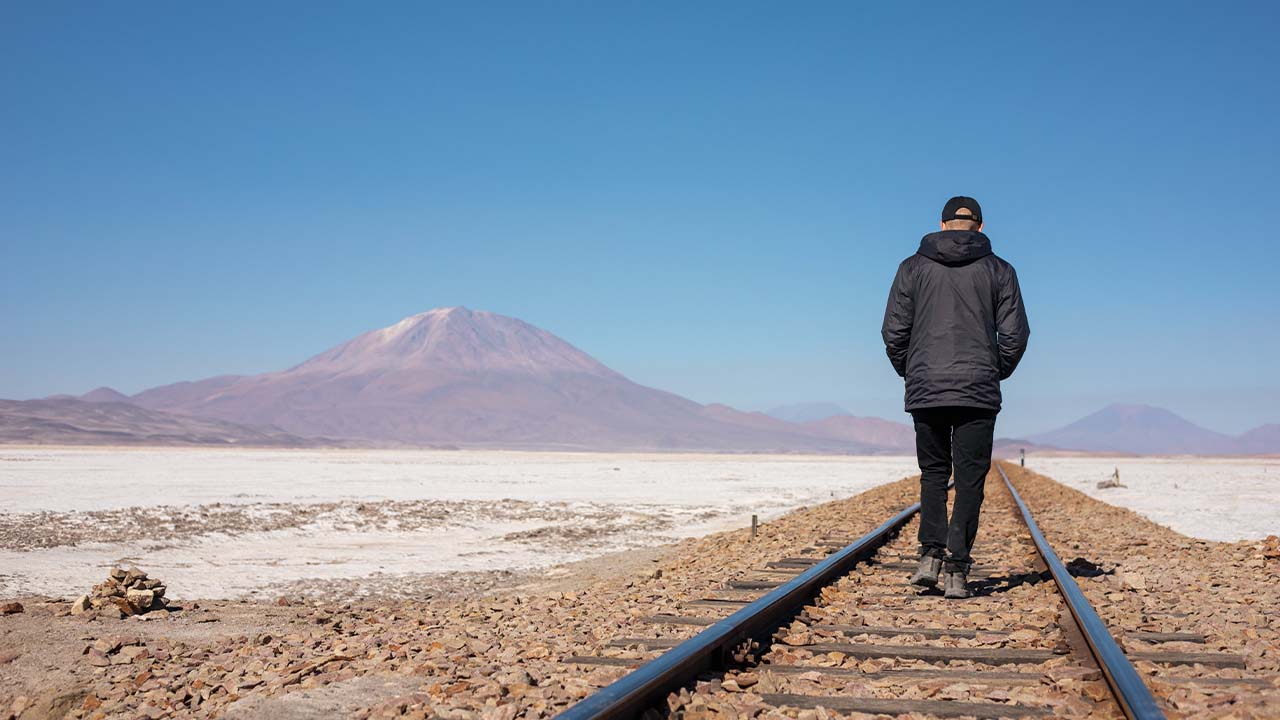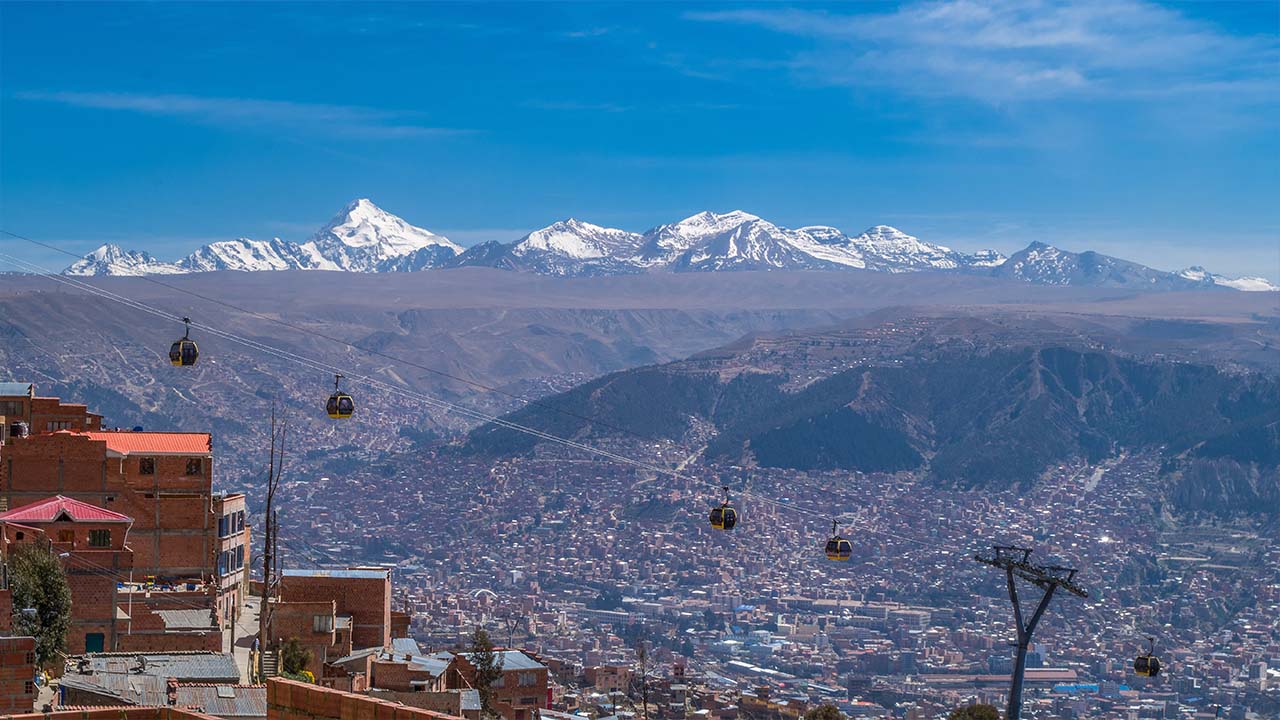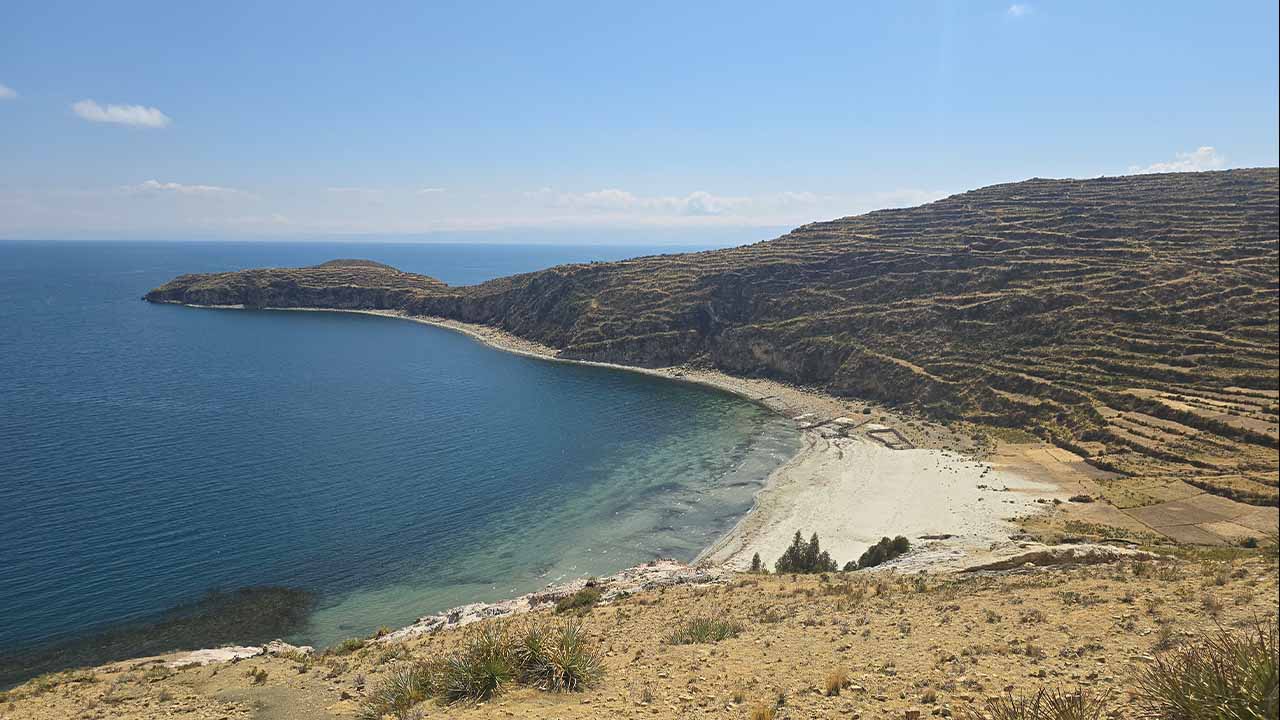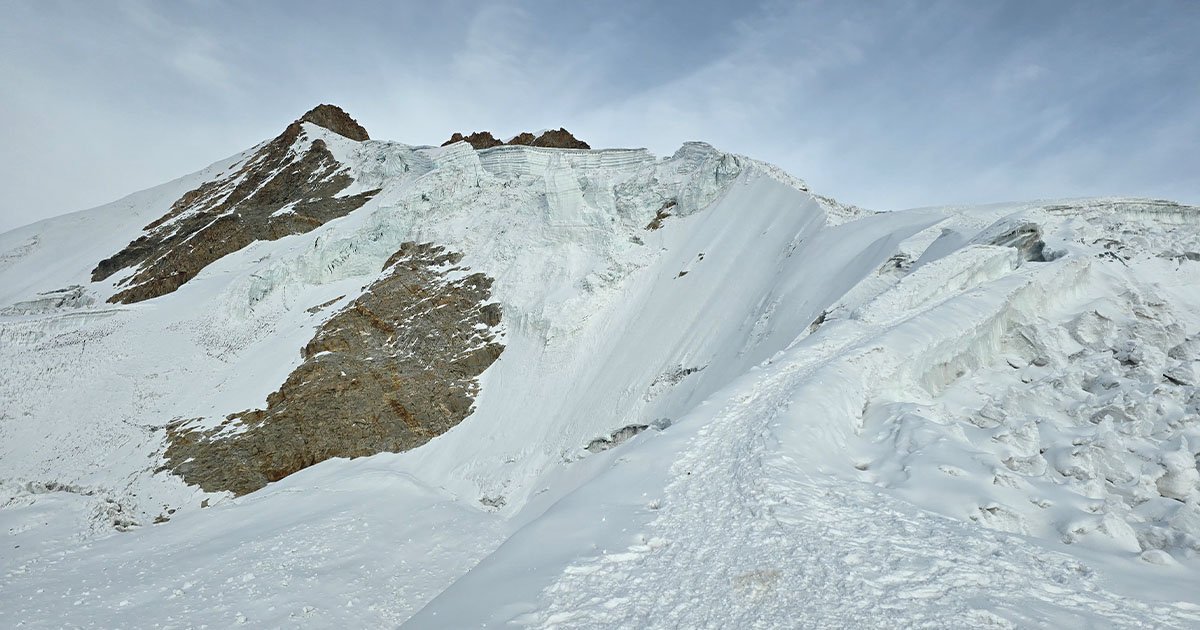
Huayna Potosí, standing at an impressive 6,088 meters above sea level, is one of Bolivia’s most iconic peaks. Located just outside La Paz, this snow-capped mountain attracts climbers from all over the world. It’s a journey that combines stunning landscapes, physical endurance, and mental determination.
This post serves as a comprehensive guide to climbing Huayna Potosí. From understanding the challenges of the ascent to tips on dealing with altitude sickness, choosing a reliable tour company, and estimating costs, you’ll find all the information you need to plan your adventure. Whether you’re a seasoned climber or a curious beginner, this guide will help you prepare for a safe and rewarding experience.
Is Climbing Huayna Potosí Hard?
At first glance, the climb may seem straightforward due to its classification as a non-technical ascent. Also, Huayna Potosí is often marketed as the “easiest” 6,000-meter peak, but I believe this is more of a clever marketing strategy than reality. Having climbed other 6,000-meter mountains that were less demanding, I can confidently say that no 6,000-meter peak is truly easy. The high altitude, cold temperatures, and glacial terrain present significant challenges, even for seasoned climbers.
That said, I believe Huayna Potosí is a challenging summit. The summit push, often starting in the middle of the night, tests endurance and determination. Climbers face a steep incline of ice and snow, requiring careful footwork with crampons and an ice axe. Additionally, the thin air at over 6,000 meters heightens every physical effort, making even small movements feel exhausting.
The difficulty also depends on your prior experience and fitness level. Huayna Potosí can present a steep learning curve for those new to high-altitude climbing. Training beforehand, including cardio and strength exercises, is crucial. Additionally, being mentally prepared to push through fatigue and discomfort will significantly enhance your success. For those up for the challenge, the reward of standing atop one of Bolivia’s most iconic peaks is well worth the effort.
Dealing with Altitude Sickness
Altitude sickness is one of the biggest hurdles when climbing Huayna Potosí. The air becomes thinner as you ascend, making it harder for your body to get the oxygen it needs. Symptoms can include headaches, nausea, dizziness, and shortness of breath. Ignoring these signs can lead to more severe conditions like high-altitude pulmonary or cerebral edema.
Acclimatization is key to combating altitude sickness. Spending a few days in La Paz or other high-altitude locations before the climb can help your body adjust. Many climbers do preparatory hikes to aid acclimatization and get used to high-altitude conditions. I opted for Glaciar Charkini and Pico Austria. These hikes are popular choices and provide excellent preparation for tackling Huayna Potosí.
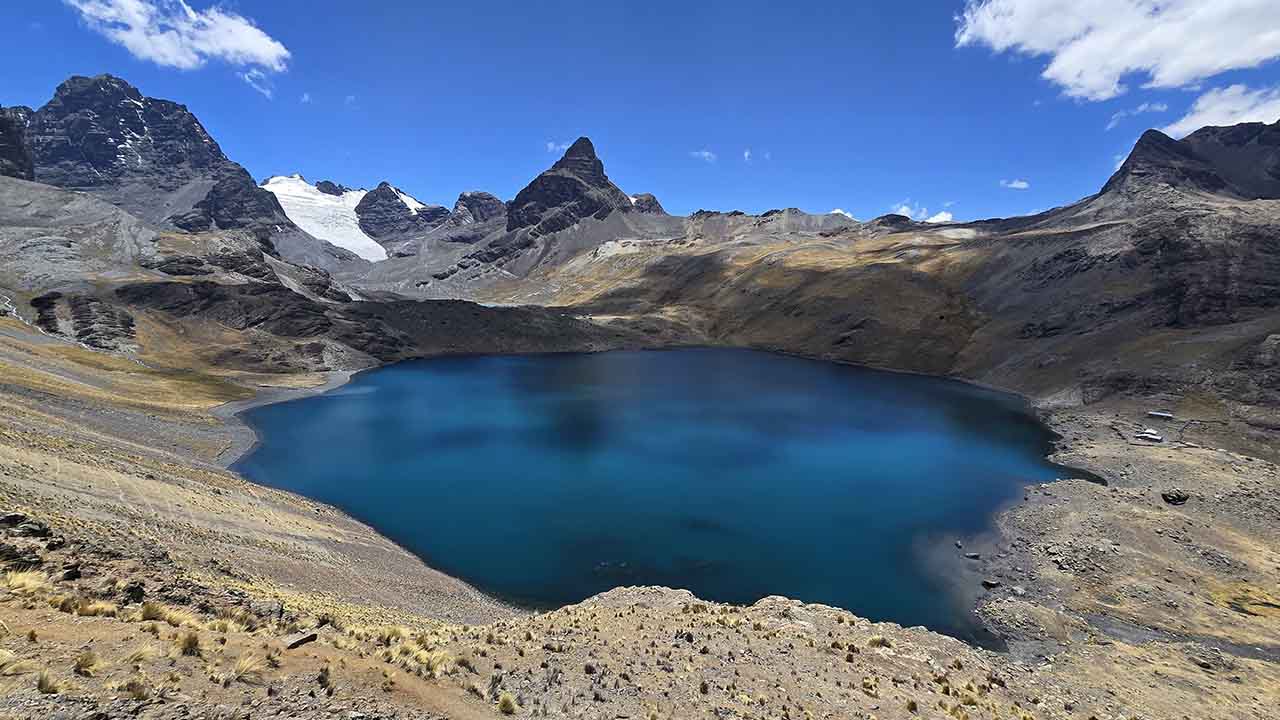
A Comprehensive Guide to Climb Pico Austria
Climb Pico Austria with this guide. Learn about the trail, tour operators, preparation, dealing with altitude, and my personal experience. Get tips for a successful hike.
Prioritize walking slowly and steadily. This will help your body acclimate to the altitude and ensure you stay hydrated during the hike. Following these two practices can significantly decrease the risk of altitude sickness.
Consulting a medical professional before the climb is a good idea. They can assess your health and provide advice tailored to your needs. You may also consider using altitude sickness medications. However, these should be seen as an additional precaution rather than a primary solution. Remember, turning back if symptoms worsen is okay. Your safety always comes first.
Best Time of Year to Climb
The best time to climb Huayna Potosí is during Bolivia’s dry season, which runs from May to September. During these months, the weather is more stable, with clearer skies and reduced chances of heavy snow or rain. This makes for safer climbing conditions and better visibility, especially during the summit push. The dry season also coincides with peak climbing season, meaning you’ll likely find more options for guides and groups to join.
While climbing during the rainy season is possible, it’s not recommended. The increased precipitation can make glacier travel more dangerous and weather conditions more unpredictable. However, climate change has made even the traditional climbing seasons less reliable. Weather patterns are becoming increasingly inconsistent, so it’s essential to be prepared for adverse conditions regardless of the season. Always check the latest weather forecasts and pack for the worst-case scenario to ensure a safe climb.
Can You Climb Huayna Potosí Solo?
Technically, climbing Huayna Potosí solo is possible, but it’s not recommended. The route involves glaciers, crevasses, and steep slopes that require technical skills and safety equipment. Without proper knowledge and preparation, you’re putting yourself at serious risk. Furthermore, unpredictable weather can turn a manageable climb into a dangerous situation.
Hiring a guide is highly advisable, even for experienced climbers. Guides are familiar with the terrain and can help you navigate safely. They also provide essential support, from carrying equipment to monitoring your condition. While climbing solo might seem adventurous, the risks far outweigh the rewards.
How to Choose a Tour Company?
Choosing the right tour company can make or break your experience on Huayna Potosí. With several options available in La Paz, it’s essential to research and select a reputable operator. Look for companies with certified guides, good equipment, and positive reviews.
Ask detailed questions about what’s included in the package. Does the company provide acclimatization hikes, quality gear, and proper safety measures such as carrying oxygen for emergencies? Are meals and accommodation included? If you don’t speak Spanish, make sure to specifically request a guide who can communicate effectively in English to avoid any potential misunderstandings.
I climbed with Jiwaki and had a positive experience. My guide was friendly, and the food, the Refugio, and the equipment were of good quality, all contributing to an enjoyable climb.
How Much Does it Cost?
The cost of climbing Huayna Potosí varies depending on the tour company and how many of you are there. On average, you can expect to pay between USD 100 and USD 300 for a two or three-day climb. This typically includes gear rental, guide services, transportation, meals, and the Regufio.
While it might be tempting to choose the cheapest option, be cautious of companies that cut corners. Low prices might mean outdated equipment or inexperienced guides, which can compromise your safety. Investing in a well-reviewed operator ensures a better experience and peace of mind during your climb.
Route Overview and Tips
I climbed Huayna Potosí in two days, but I recommend taking three days if possible. The three-day version includes a day of acclimatization at a base camp, around 4,700 meters, and training in mountaineering techniques. This extra day gives you more time to adapt to the altitude and practice essential skills for the summit push. Unfortunately, I only had a weekend available, so I chose the two-day option, which skips the first day. For those interested, I’ve recorded the trail and added the map here for anyone who wants to check the route and more specific statistics.
My Summit Experience
In this section, I’m sharing my two-day experience climbing Huayna Potosí.
Day 1 - Arrival and Preparation
On the first day, we traveled from La Paz to the mountain. We stopped at the office to choose the double boots and reached the base camp at about 4,700 meters. Since I was the only climber opting for the two-day schedule, I ascended with a guide to high camp, approximately 5,200 meters, while the others followed a three-day itinerary, remaining for the training day. The weather was not ideal, with rain throughout the day that turned snow upon our arrival at base camp. Visibility was poor as I couldn’t even glimpse the mountain, which left me hoping for improved conditions when it was time to summit.
When I arrived at high camp, I encountered other climbers who had begun their ascent a day prior. It was wonderful to interact with fellow adventurers facing the same challenge. We played card games and took the time to get acquainted. Dinner was served at 7:00 p.m., followed by a briefing where we were organized into groups, pairing one guide with every two climbers. As we were a group of seven climbers, the guides put me alone with a guide, as I was the fastest climber.
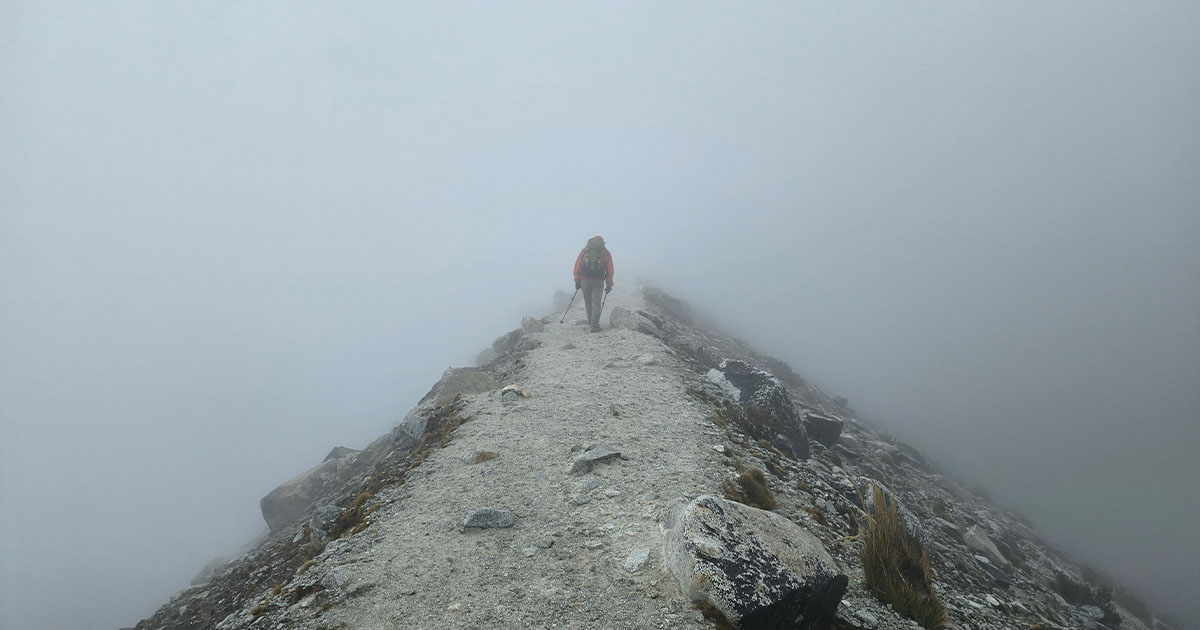
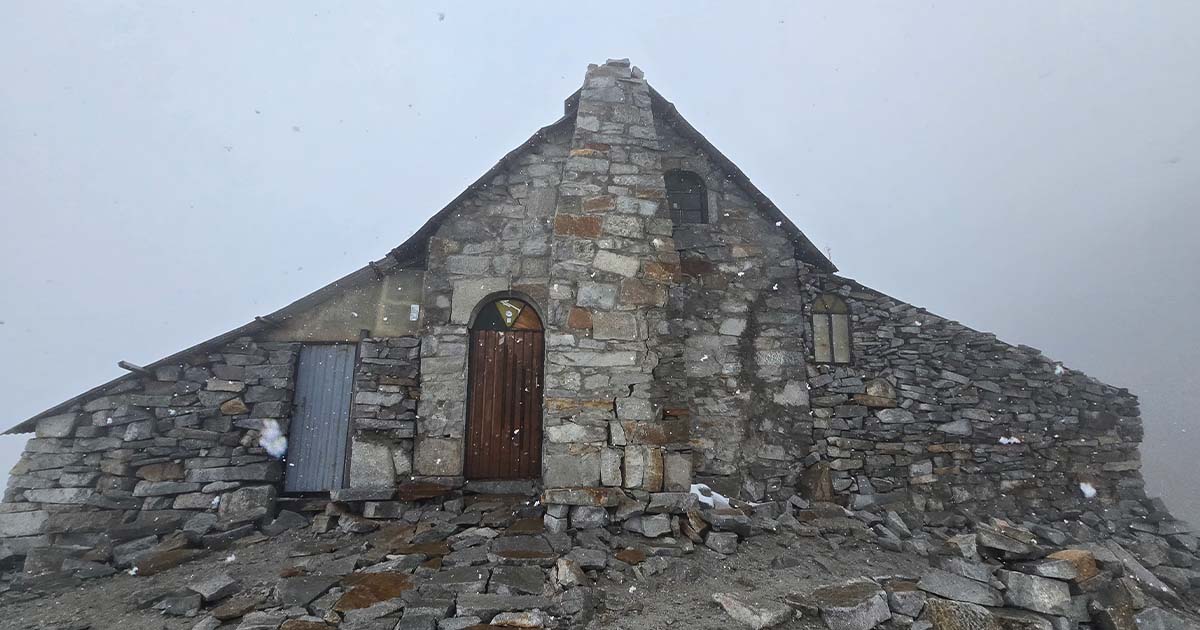
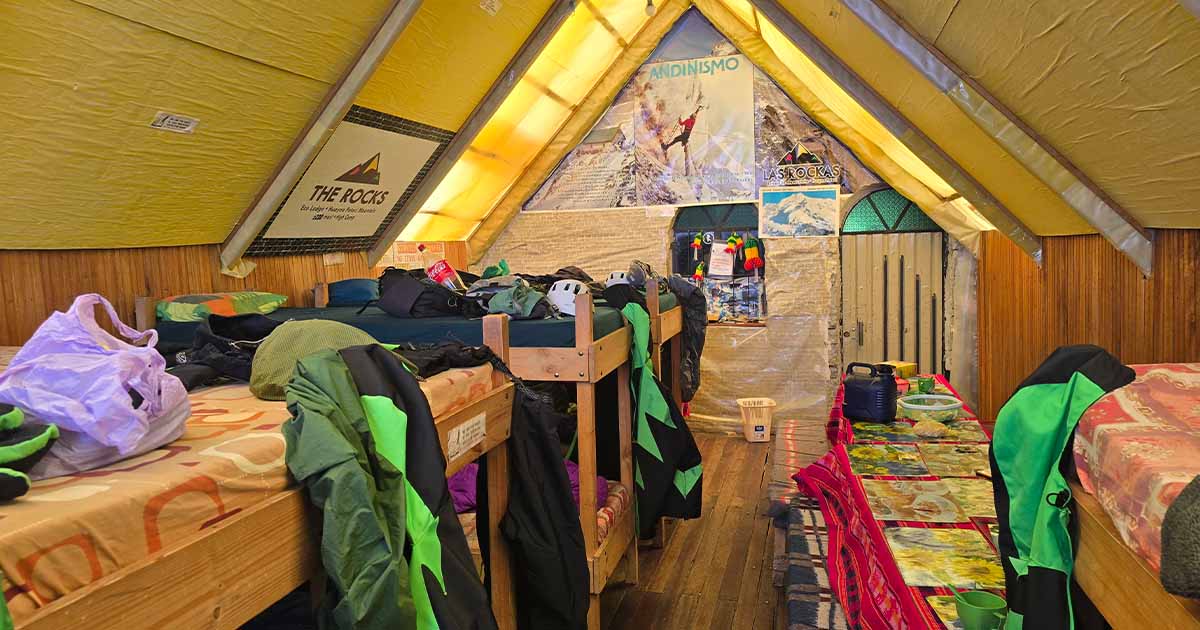
Day 2 - The Summit Push
I woke up at 11:30 p.m., still on the first hike day, and enjoyed a light breakfast. I hardly got any sleep due to the heavy rain that fell all night. Also, being accustomed to sleeping at midnight made it difficult for me to adapt. We began our hike, navigating slippery rocks intertwined with snow. Although the group moved at varying speeds, we coordinated to meet at landmarks, providing flexibility if someone needed to adjust their pace or decided to stop climbing. This was crucial, as we were tethered by a rope in case someone fell into a crevasse or slipped, ensuring that no one had to quit because of someone else.
Not long after, we reached the glacier, where the ascent became steeper and more technical. The soft, fresh snow made certain areas slippery, while other sections allowed us to secure our crampons effectively. We navigated several crevasses, used our ice axes on small vertical walls, and maneuvered through numerous penitentes. The final section was steep and rocky, requiring a bit of scrambling. By this time, the group had split into three primary segments: one guide trailed behind with the two struggling persons, while the leading group adjusted their pace to ensure we could all wait a few minutes to stay together.
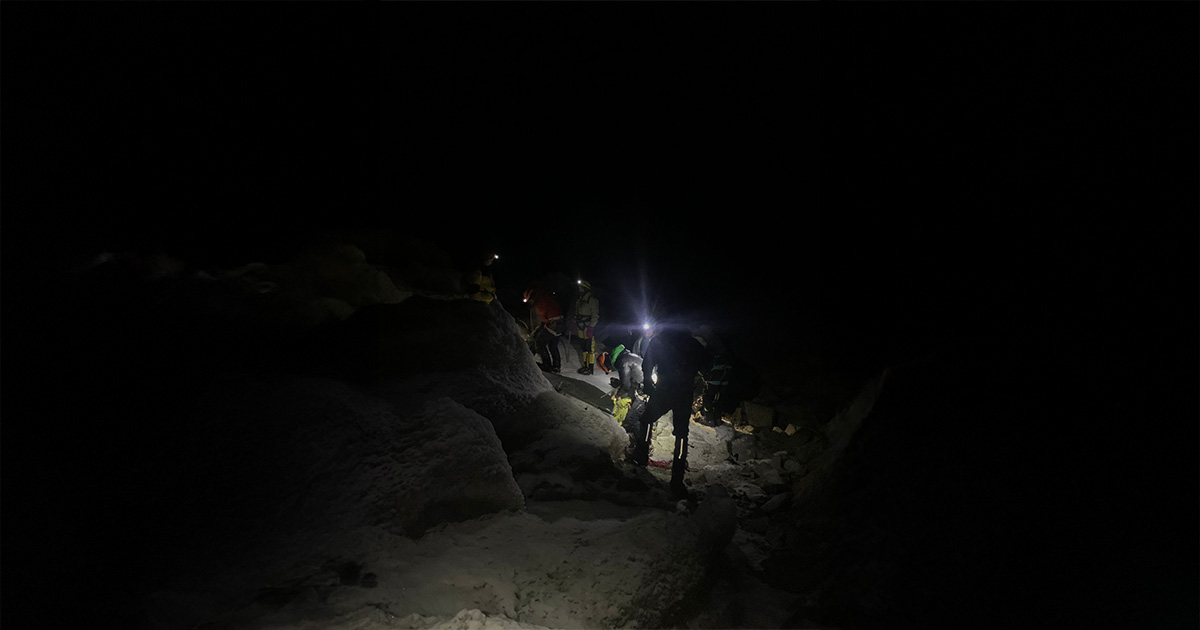
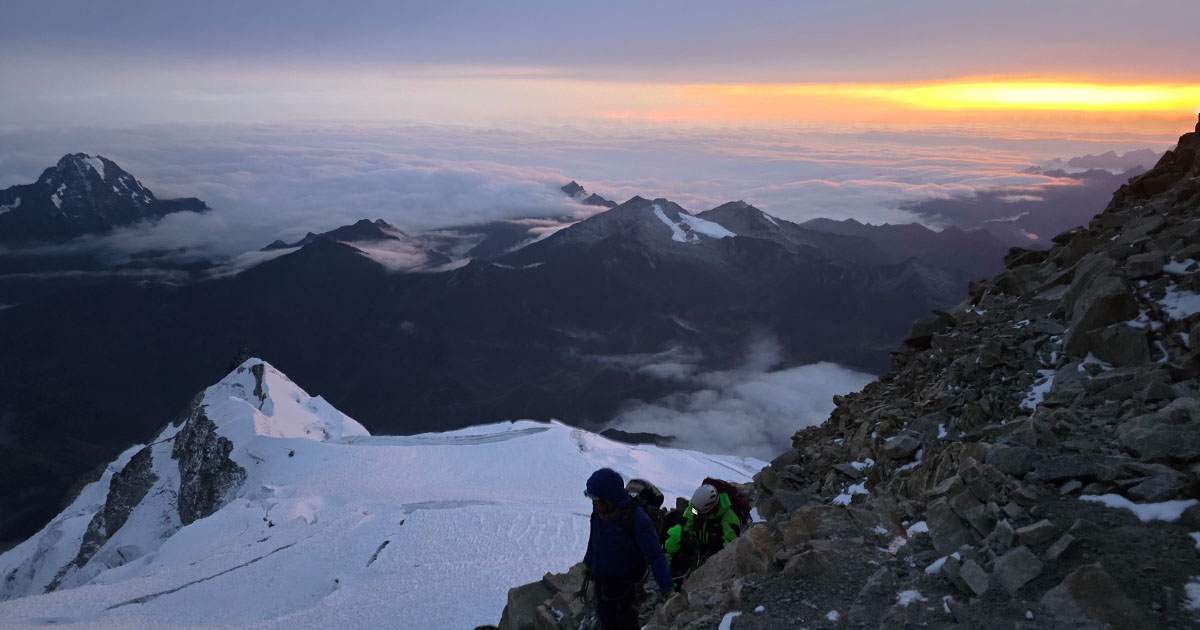
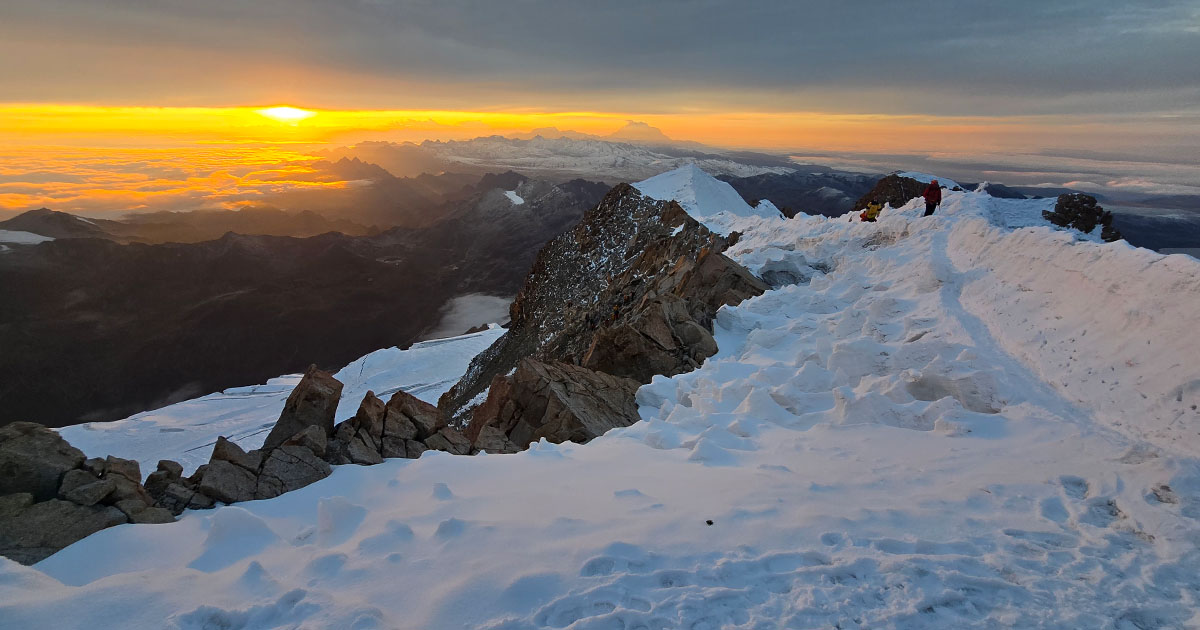
I reached the summit at sunrise, the perfect moment to be there. The views were stunning, and the feeling of achievement was intense. I spent about 50 minutes taking in the scenery. The descent was tiring due to my lack of sleep, but it was manageable. We returned to high camp, had lunch, and rested briefly before making our way to base camp and then heading back to La Paz by van.
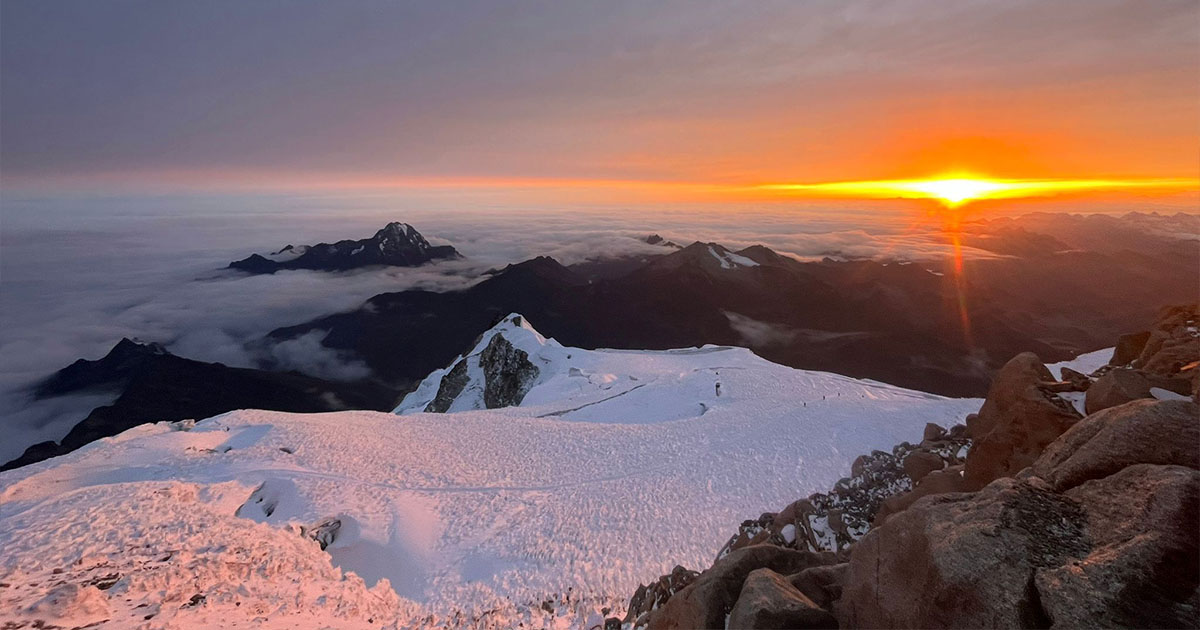
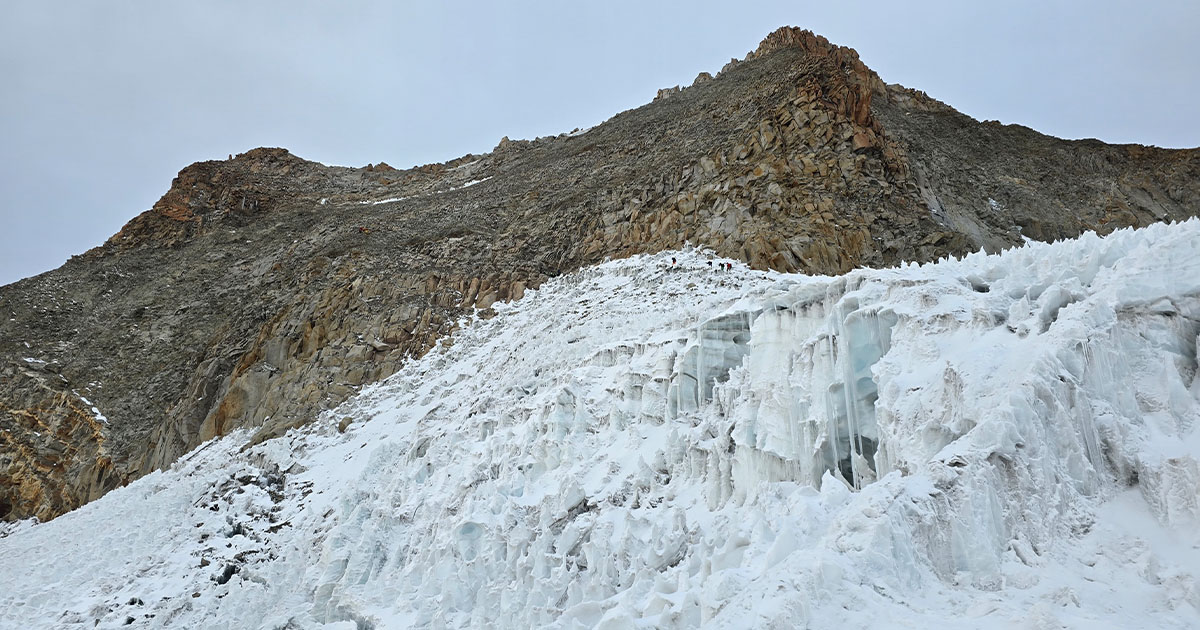
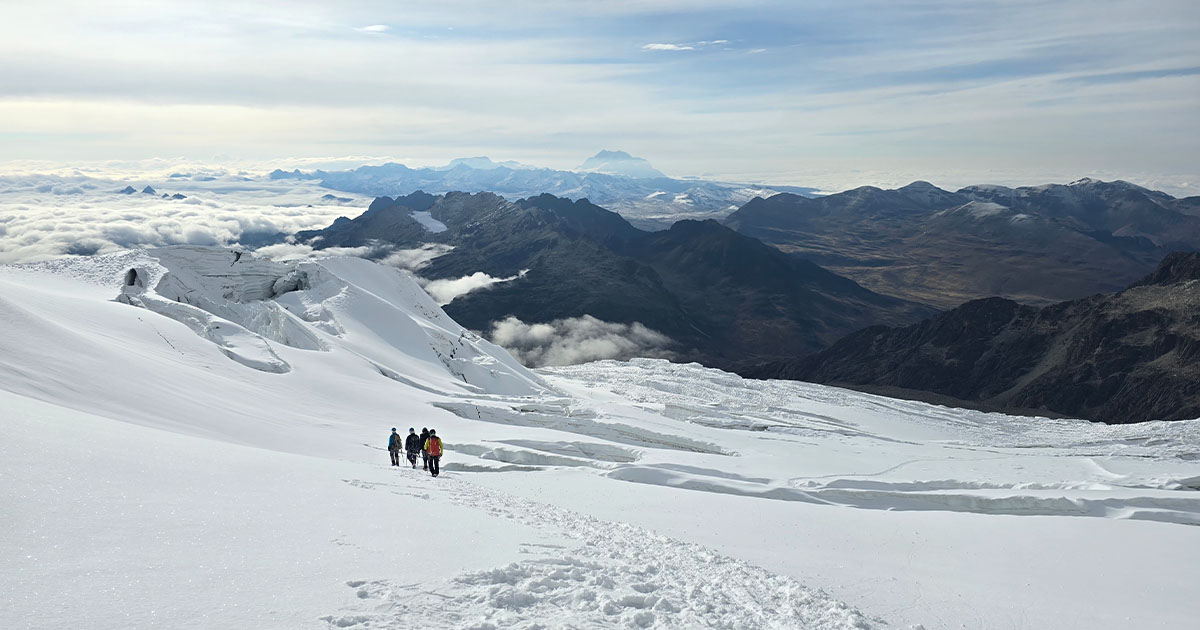
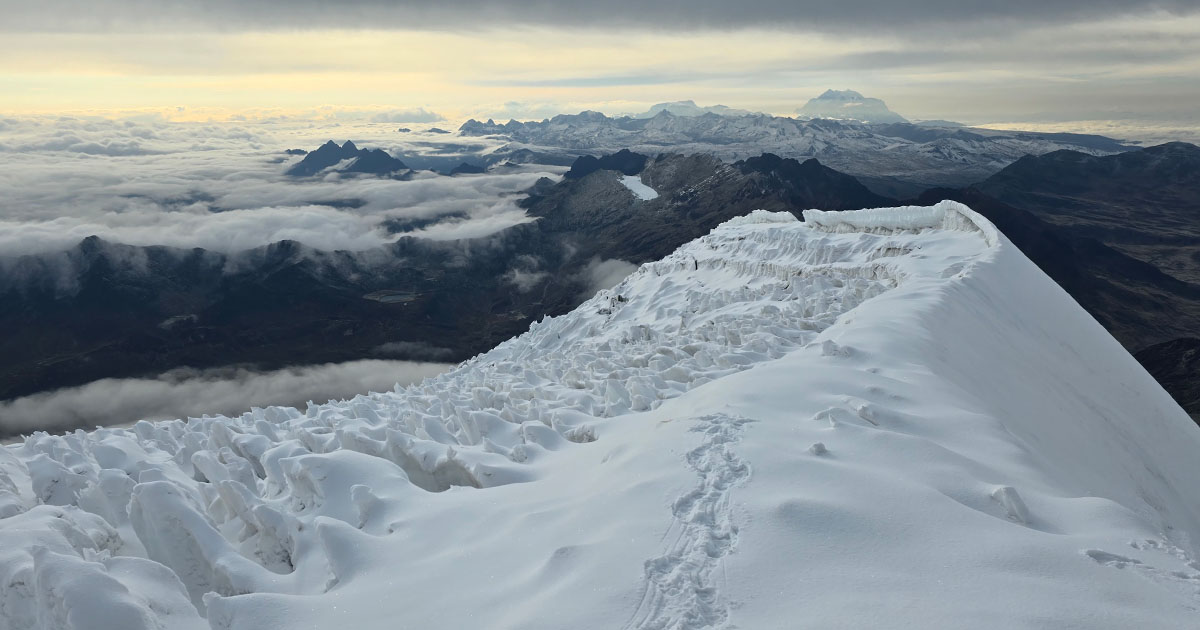
Is Huayna Potosí Worth It?
Climbing Huayna Potosí is undoubtedly worth it, but only if you are prepared to face the challenges of extreme altitude. This isn’t just a hike; it’s a physically demanding and mentally taxing adventure that requires determination, preparation, and respect for the mountain. The views from the summit and the sense of accomplishment are unparalleled, making every moment of effort worthwhile.
Ultimately, trying it yourself is the best way to decide if something is worth it. If you are ready for the challenge and eager to push your limits, Huayna Potosí offers an unforgettable experience that will stay with you forever.
Share This Article
What to read next
Disclaimer: This post may include affiliate links. We may receive a commission at no extra cost to you if you click one of them. Thank you for your support!
